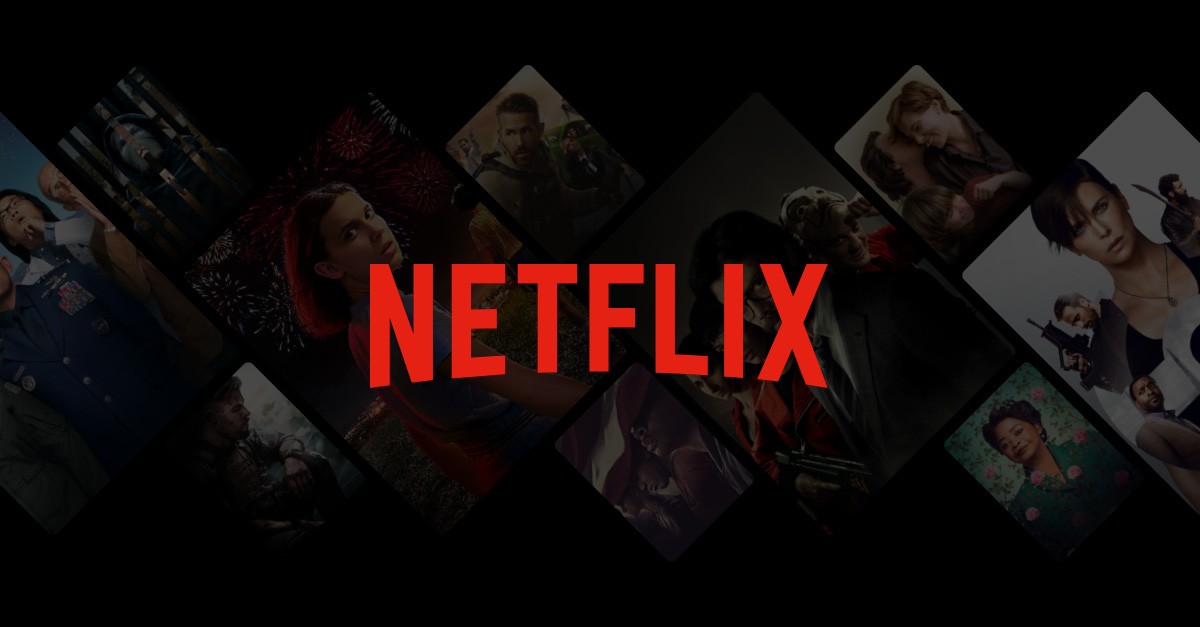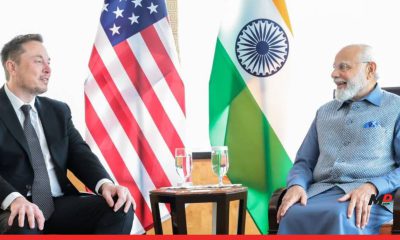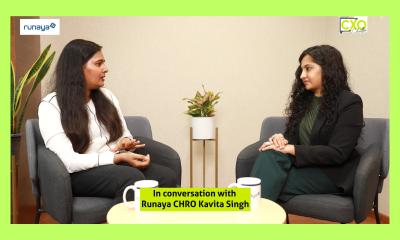Published
3 years agoon

We are living in the heyday of television. Netflix and other streaming services have changed not only how we watch (including redefining the term “binge”), but also the types of material viewers expect.
With televised productions at an all-time high, streaming platforms like Netflix, Amazon Prime, and Disney+ are transforming not only the television industry, but also the narrative around media consumption in general. We demand a specific style of storytelling not just from TV shows, but also from companies, now that new Netflix series have become the centre of dinner party chats, break time banter, and even work meeting banter.
How Netflix Captured The Audience
In the Netflix era, shows tackle complex and important issues. Love, sex, desire, loneliness, wrath, and, in some cases—as in Orange is the New Black—chickens—are all explored. Netflix shows are able to transcend beyond a typical episode arc thanks to their serial style, which allows them to present a larger-than-life universe, a tale that is too big for a regular 25-minute, 45-minute, or even an hour-long TV show, and characters that are grand as well.
Netflix has perfected the “Story of Self, Us, Now,” as articulated by Harvard professor and architect of President Barack Obama’s field campaign, Marshall Ganz. A tale must be linked into a larger framework, an “Us,” in order to resonate. It must transcend the story of a single person and become universal.
In many of their shows, Netflix tends to put a lot of emphasis on exploring one’s inner self and the impact on characters of events in both major and minor storylines. The premise, which is often reasonably high concept, has become a starting point, but beyond that time is devoted to delving into the rich inner lives of their characters.
Interactive Storytelling: the New Standard
Netflix is putting a greater emphasis on interactive programming, in which the audience has a say in how the plot unfolds. They’ve already used this approach in a few shows, most notably the Black Mirror episode “Bandersnatch,” a high-tech choose-your-own-adventure in which the audience gets to pick what happens next.
Netflix needed to improve its ability to build “branching narratives” that embraced all story possibilities. According to a recent TechCrunch story by Jonathan Shieber, Netflix created a new internal authoring tool called “Branch Manager” and invested in a new technology called “state tracking” to save viewers’ decisions.
What Does All This Mean For Brand Communications?
Simply put, brand communications will become more focused on characters. Netflix series are crafted around strong, larger-than-life characters, and brand campaigns are following suit. Nike’s “Dream Crazy” campaign, for example, was crafted around Colin Kaepernick, who, in the wake of his activism and subsequent acrimonious departure from the NFL, provided encouragement for viewers to follow their dreams even if people called them crazy. He was the role model for all the stories that followed.
In the future, we will see more “characters” in Brand Communications, who, like Kaepernick, have stories to tell. Celebrities have long cooperated with brands, but people like Kaepernick have real-life and political stories to tell that are both unique and universal.
Creating Highly Emotional Experiences
Emotional storytelling, once reserved for fiction, has become part of brand communications. You might find yourself shedding a tear when watching a commercial for, let’s say, soy milk, and you are not alone.
Brands are investing in extremely emotive material that will make their target viewers cry. Empathy is the most crucial quality for marketers today. Some of the things that will get brands noticed are evoking sympathy, developing a connection, and conveying a story that resonates on an individual level.
One method Netflix creates a rich emotional backdrop in their shows is by delving deeply into a character’s biography. Perhaps we will see the same trend in branding, with stories being told for longer periods of time and characters other than the protagonist being shown. The possibilities for online marketing are unlimited with opportunities for a series of connected advertising and information of what specific customers respond to as well as what they have already seen from a company. Perhaps, in the not-too-distant future, customers will be able to choose their own journey during advertisements.
Similar to the increasing inclusivity of TV in the era of Netflix, ads have begun to take a different approach to the stories they tell and the characters upon whom they shine a light. Many companies are trying to be more authentic and showing the sometimes-not-so-great-lives of their customers, which can, all the same, be improved by their product (even if just for a little while).
And Netflix is also learning something from marketing. Their interactive format is basically taking a page out of the book on customer engagement, which has been a topic for marketers for many years.
In any case, it seems we are in a new world of storytelling, whether that’s in the TV shows we binge or the stories our brands tell. We live in exciting times.


Rs 10.7 Lakh Crore Lost in a Day: Will You Still Buy Gold After Nirmala Sitharaman’s Duty Cut?


Here’s why Elon Musk might need India more than he cares to admit


Why is Trump dodging a face-off with VP Kamala Harris?


CXO Chatter, with Kavita Singh, CHRO of Runaya


On’s LightSpray tech can make spray-on sneakers in just 5 minutes


Budget 2024: Focus Shifted from Suit-boot ki Sarkar to ‘Annadata’

